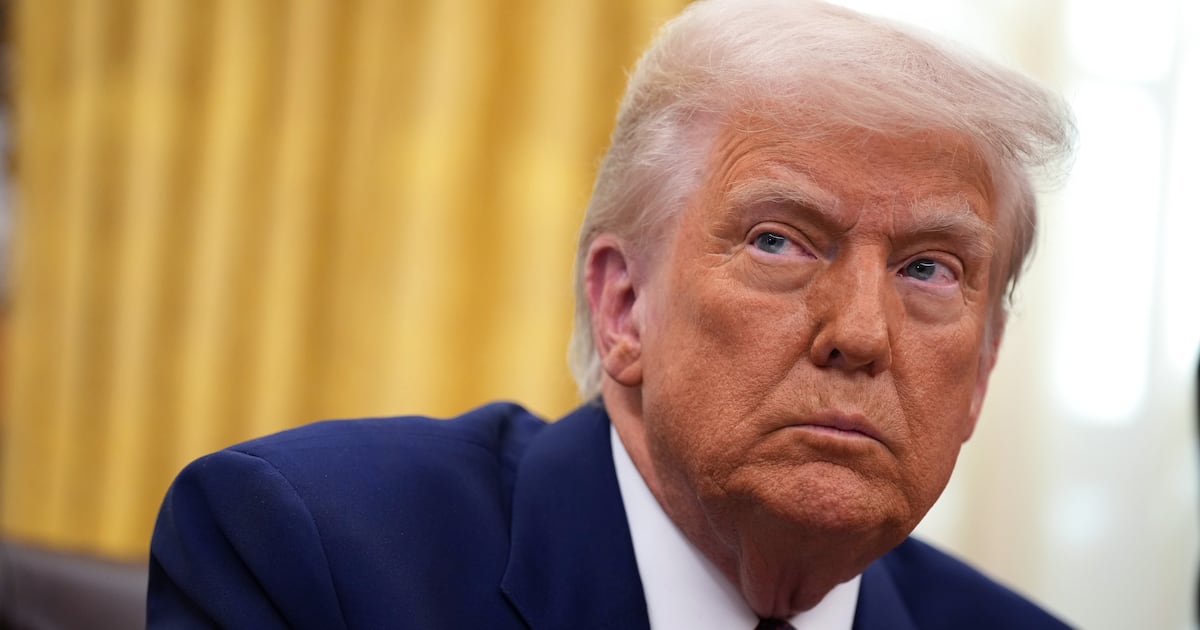It was Halloween weekend and downtown Los Angeles was celebrating La Día de los Muertos.
From the observation deck on the 27th floor of City Hall, we could see altar displays by local artists dotting Grand Park, a 12-acre greenway that connects City Hall to Grand Avenue with its storied row of performing arts venues.
Across those four blocks, dog walkers and children played in the greenway. We could easily imagine the expanse filling up with 50,000 revelers come New Year's Eve.
That's when the nearby Music Center will project a 3-D animation on City Hall during its New Year’s Eve countdown to 2016. Television crews are expected to broadcast boisterous, outdoor crowds in New York, London, and, yes, LA, with cameras aimed at the park beneath our feet.
If it's true that the veil separating the present from the past is potentially lifted during autumn, then this was the perfect time to contemplate the ways in which Los Angeles—the oceanic city of cars and celebrity glamour—is changing.
In the popular imagination, LA is thought to lack street life while glorifying its dependence on the automobile. This idea is hard to shake. But the characteristics of what some observers call "the Third Los Angeles" are obvious to residents.
The phrase, coined by Christopher Hawthorne, Los Angeles Times architecture critic and program director at Occidental College, "is a shorthand for the transition as the city struggles to create a coherent post-suburban identity," he explains. "It includes revivifying the public realm, experimenting on new forms of denser, multi-family housing, and moving away from total dependence on the car."
Highlighting three LAs enables one to expand the frame to the city's prewar history. Those decades between 1880 and World War II saw the region's first spike of investment and population growth. Back then, the city had an interurban rail system that Hawthorne reminds us was the envy of the country.
The "second Los Angeles" is more familiar, encompassing the post-war era when everyone from the Beach Boys to Joan Didion to Frank Zappa waxed poetic about the endless loop of freeway driving. Or the disinterest in communal life, the sense that life in LA takes place in private homes and backyards. This is what David Hockney captures in his sixties-era paintings of sun-dappled swimming pools.
But demographic changes in the nineties began to shift things. In that decade, the greatest number of arriving immigrants came through LAX, rather than New York's Ellis Island.
The growth of the city's Latino residents began the climb towards majority status, a demographic threshold reached last summer. Perhaps with an eye to these trends, LA began building a subway.
The first Metro line opened in 1990 on what is turning out to be a growing, well-funded light rail transportation system.
The National March for Immigrant Rights in 2006 saw two million marchers gridlock the streets between Hollywood and City Hall.
Car-free events, such as CicLAvia, which in 2010 began temporarily shutting down 15 miles of various city boulevards, reveal an exuberant population reclaiming empty asphalt. Social media spreads these tantalizing hints of transition to expat natives like myself.
---
From a distance, I recognized LA's layers of history most vividly in the downtown area. It has a new moniker now, DTLA, and a neighborhood feel.
Back in the sixties, my father had his law office in the Broadway-Spring Street Arcade in Downtown's Historic Core.
I remember the Philip Marlow-look of those buildings: all white tiles, heavy wooden doors, gold-embossed names on beveled glass windows. He, too, decamped by decade's end to Century City on the city's west side, part of the great post-war flight to the suburbs that saw the downtown's magnificent movie palaces and ornate department stores empty out and decay.
Maybe the neglect began earlier. As Kyle the bellman helps my wife and I check into the Ace Hotel a few blocks away from my dad's old office, he tells us that Route 66 used to end right here at Seventh and Broadway.
But in 1936, the route was extended to Santa Monica. Western dreamers bypassed downtown, ending their road trip at the ocean.
In any case, the downtown of my teenage years was a confusing maze of one-way streets, sterile government buildings, empty streets, and a concrete warren of office towers rising from a bulldozed Bunker Hill.
Fast forward to Halloween weekend. A costumed crowd completely filled the sidewalk at the far end of Broadway. Here, the Kronos Quartet was preparing an otherworldly performance to accompany the 1931 horror film, Dracula, at the Theater at the Ace Hotel.
Not to be outdone, Disney Concert Hall was hosting a screening of the 1920 version of Dr. Jekyll and Mr. Hyde with a live pipe organist. Up the street, the refurbished Clifton's Cafeteria, newly opened in October, festooned its windows with leering pumpkins and ghost-shaped cookies, letting families trick-or-treat its four-story emporium.
When did all this street life reanimate these ghostly precincts?
---
Answers came from several long-time observers, beginning with Anne Laskey, program manager of the LA Conservancy's series of walking tours.
Fifteen years ago, Laskey led weekend tours down empty streets to generate interest in the district's prewar architectural landmarks.
In 1999, when the area's residential population was under 20,000, the city passed the Adaptive Reuse Ordinance. This allowed derelict office buildings to be converted into residential lofts and live-work spaces.
"The sheer number of people who live and work here has transformed the district into a neighborhood," she says. "Millennials who want to bike to work, who miss having connectivity, culture, and layers of history close at hand, are pouring into the area," says Laskey.
While boundaries for DTLA vary, Laskey estimates the population has grown to 70,000 residents. "A decade ago," she said, "you wouldn't walk down Main Street by yourself. Now, you'll see sidewalk cafes, art galleries, and retail space."
It's true that busy sidewalks foster urban comfort. We enjoyed a slow-paced stroll past blocks of pre-war buildings, their fluted columns, marble fronts, Beaux Arts facades, and stone masonry all intact.
Murals cover entire buildings, from the exterior of Victor Clothing Company on Broadway all the way to Olvera Street. Here, an interpretive center and stage platform pay homage to a masterpiece, La América Tropical, the whitewashed and semi-restored 1932 fresco by David Alfaro Siqueiros, one of Mexico's tres grandes muralists.
On the way, bicyclists whipped past. Banners advertise the local farmer's markets in Pershing Square. Brew pubs, cafes, and gelato stores have taken over sweatshop factories. Hipster barbershops and yoga studios reside next to electronics shops.
The graffiti on exposed brick walls and fire escapes of empty buildings is boldly vibrant. We crane our necks upward, like yokels in Manhattan.
Protesters gathered to march against gentrification and rent increases. The homeless encampment at the far end of Fifth Street remains one of the largest skid row in the nation. Its residents come up the street to sit in doorways, tired and watchful.
By nightfall, there were more women about, walking their dogs near the pocket parks. Food trucks pulled up to the curb, joining paletería vendors whose pushcarts were filled with sodas and frozen treats. Of the sixteen historic, unbelievably rococo movie palaces built during the silent film era, several along Broadway have their doors open for concerts and live events.
No less than Cal Arts professor Norman Klein—whose book, The History of Forgetting: Los Angeles and the Erasure of Memory, famously described this part of town as "the most photographed and least remembered" place of "urban erasure"—now sees DTLA as a living district with anchor points for memories amidst new experiences.
"Downtown has changed enormously in stages," says Klein. "Ironically, improvements came in the areas the city forgot to fix."
---
Are the changes taking place in DTLA playing out across the city? Yes, says Aaron Paley, cofounder of CicLAvia and president of the cultural nonprofit, Community Arts Resources. He describes a neighborhood movement from Claremont and Riverside, to South Pasadena and out to the Valley, where residents are rediscovering a sense of place and identity.
"Everyone's fed up with the traffic, and the old saw that it takes 20 minutes to get anywhere is no longer true," he says. "People want compact, walkable neighborhoods with services and amenities."
To get there, Paley cautions that LA can't and won't borrow models from a classic European city. "We need to look at sprawling, urban capitals that share our shape and skin color, places like Bangkok, Jakarta, or Delhi," he says. "We're looking at Mexico and South America for fresh ideas. The model of CicLAvia, in fact, comes directly from Bogotá."
Since launching in 2010, CicLAvia has reclaimed the streets in some 15 communities (including Boyle Heights, Crenshaw, East LA, Mar Vista, Panorama City, and Venice) and secured funding for a more Open Streets project. This, he says, is changing the mental map of Angelenos.
"We have over 7,5000 center lane miles of city roads, equaling 86.5 square miles—that's enough to fill up nearly two footprints of San Francisco," says Paley. "We encourage people to think of these streets as public space, not just corridors to move people from point A to point B."
So is LA a walking city? "Not quite," Paley laughs. "Let's say it's car-optional. Because the days when autos could solve the region's problem of scale are over."





